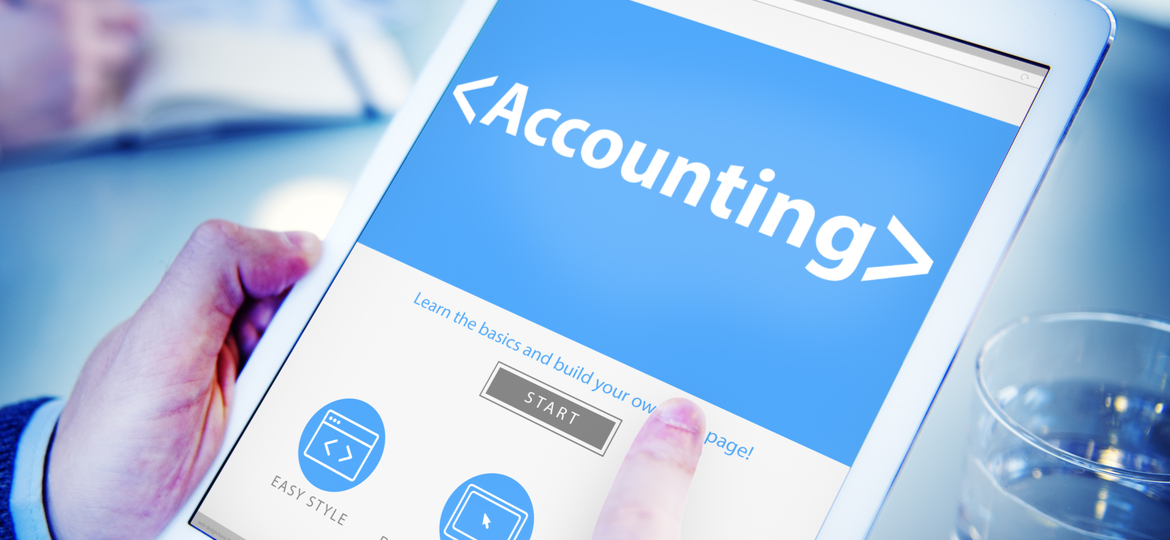

There are free and pay options available for accounting software. This trend towards cloud computing keeps data in a decentralized location


Inventory Management – rather self-explanatory.Software with ERP is meant to connect virtually every part of your business under one interface Enterprise Resource Planning (ERP) – more of a suite type than a feature, ERP is a comprehensive set of tools for everything from financial planning, human resources, and manufacturing and warehouse management.Customer Relation Management (CRM) – tools to help assist your customers, including an interface for customer support representatives and IT personnel that can effect customer payments or accounts.POS – point of sale capability to process sales, including electronic (card and online, eg PayPal) and check payments.Double-entry bookkeeping – the ability to automatically track both where money is coming from and where it is spent.Extensions are available with most software, including support for tax documenting, check handling, and payments General ledgers – a simple interface of accounts payable vs.Aside from basic accounting capabilities, most software has expanded into full-fledged suites. Though large companies can often afford to special order software tailored to their needs, this is not a feasible option for most small businesses. Oftentimes, software seems overly loaded with bells and whistles with only marginal utility for your company, while other software has less functionality than Microsoft Excel. There is a lot of software available for small businesses. This article compiles the top accounting software and compares their features to help you make the right software choice for your small business. There is an abundance of free and paid software available to help your small business stay on top of its finances. Unless you have a horde of scriveners working for you small business, paper bookkeeping is essentially obsolete.


 0 kommentar(er)
0 kommentar(er)
